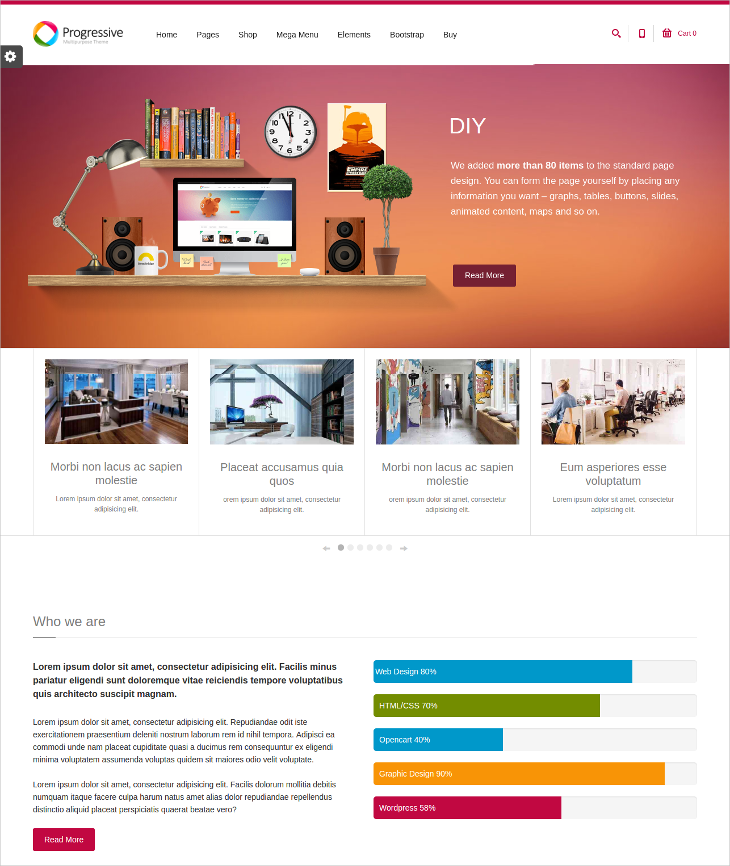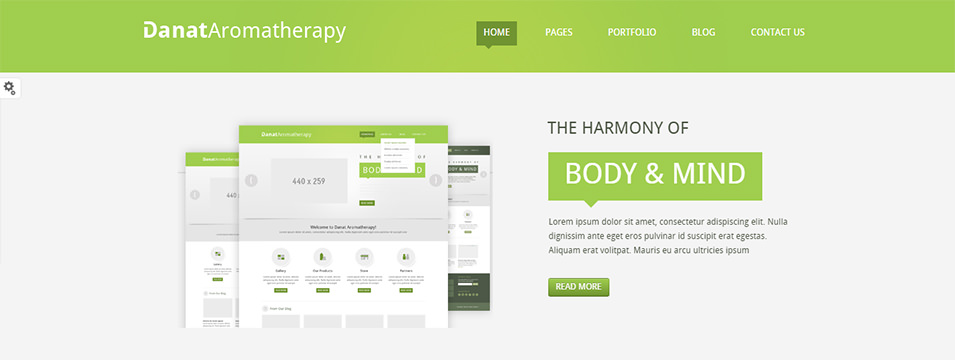

*shrug* Flexbox fun la la laĬard-footer: The card component came with a footer which I thought looked cool.ītn btn-sm btn-secondary: Bootstrap 4 button classes. Width="100%": Not 100% sure why, but my images were warping without this on there.

H-100: Bootstrap 4 class to set an element’s height to 100%, which helps the card fill the height of the column, so all the cards will look the same height. Looking at that documentation more, I decided I wanted this set-up: Article Title Authored On Summary Read More They have an example of a card with an image at the top, and the title, summary, and a button inside.
#DRUPAL RESPONSIVE GRIDS CODE#
card-body so the example code in this article have been updated. Go somewhere Įdit Sept 1, 2017: Bootstrap 4 is now in beta, so there have been some changes.card-block is now. Look again at Bootstrap 4’s card component markup: Card title Some quick example text to build on the card title and make up the bulk of the card's content. Make cardsĮach of the six ‘Content:’ fields I pulled in and hid serve the purpose of getting those pieces of content available for me to fuss with, i.e. List-unstyled is Bootstrap 4’s way of removing all list-y formatting from lists. That done, I need to add classes to the ul itself under List class. See Bootstrap 4’s utility class documentation. mb-3 is a utility class that adds a margin-bottom. Then, when the screen is wide, they will take up 4/12 columns, so col-lg-4. Just spaces between, order doesn’t matter.Īccording to Bootstrap 4’s grid documentation, col-md-6 means that on medium width screens, the column with take up 6/12 columns, so half. This will add classes to each li element in the HTML list. I want the articles to appear in columns.īack under Format: HTML List | Settings I added Bootstrap 4 classes to the Row class field. Header (I made a Global: Text area header so there would be some text before all my news.) 2. Page Settings Path: /cards (Create a url for this page) We will come back to this)įilter Criteria Content: Publishing status (= Yes) Content: Content type (= Article) Do not ‘Create a label’.) Content: Image (Formatter: URL to Image) Content: Title Content: Authored on (I use the custom date format D, M n, Y - ga) Content: Body (Formatter: Summary or trimmed) Content: Path Global: Custom text (This is the magic. Title: News (Name that will show up on the page.)įormat Format: HTML List | Settings (We will come back to these settings) Show: Fields | Settings (We will come back to these settings)įields (Add in these fields in this order and check “Exclude from display”. I like the idea of grids-on-demand, rather than a strict framework.And going through those settings step-by-step:ĭisplay name: Cards (Use whatever name makes sense to you. Global-box-sizing: include border-box-sizing You can obviously override all of them to match your needs.Ī very simple custom Sysy setting looks something like the following.

There's a whole bunch of default settings that Susy uses to kickstart every project. region-sidebar-first include span( 4 last) With Susy, you simply need to play with your SASS ntainer include container I personally was desperately looking for a solution that gets me rid of the math and at the same time also keep my HTML clean. If you have used Bootstrap before, you know that you have to hack the HTML template files and add classes like col-md-8, col-md-4 etc to divs. In this article, I am going to walk you through the Susy experience of creating a layout.Ī typical HTML markup generated by a CMS, with the main content region along with a sidebar, looks like this Unlike bootstrap, it helps you to create layouts without having to add additional markup into your HTML files and this is a wonderful news for front-end developers of CMS's like Drupal. Susy compliments SASS by providing an additional set of mixins that lets you easily control your layout from within the SASS files. Susy is a framework for creating responsive grids.


 0 kommentar(er)
0 kommentar(er)
